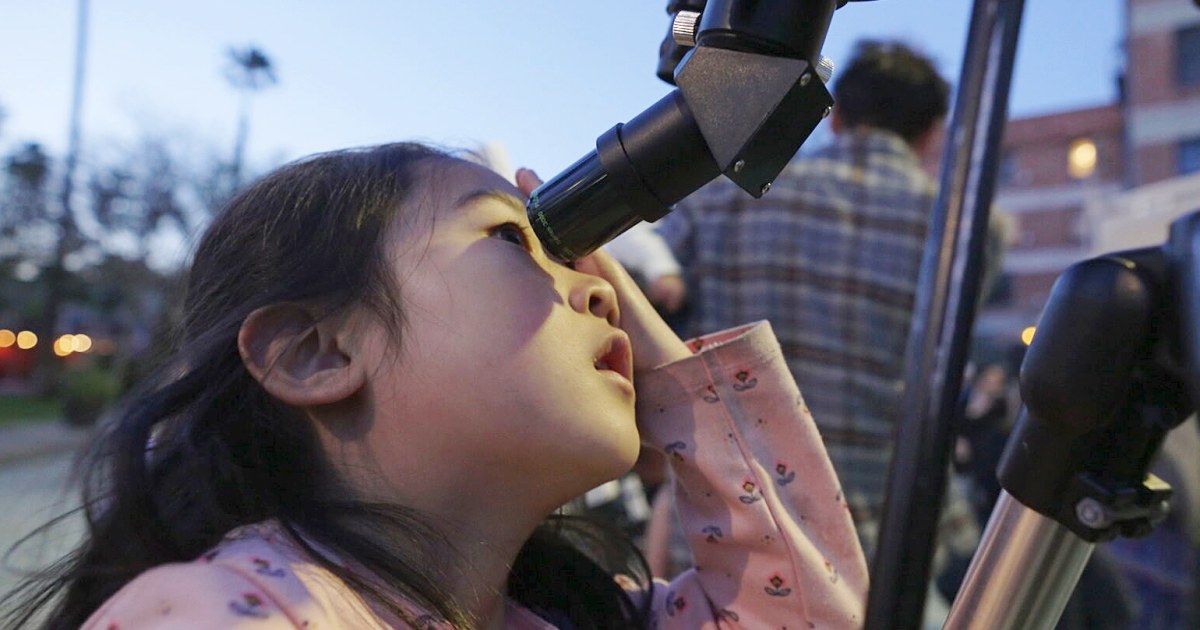
Remote Sensing Instruments
Remote sensing instruments are devices used to collect data and information about the Earth's surface and atmosphere from a distance. These instruments can be mounted on satellites, aircraft, or ground-based platforms and use various technologies such as radar, lidar, and optical sensors to capture data. Remote sensing instruments are used to study and monitor the Earth's natural resources, weather patterns, and environmental changes. They are also used in agriculture, forestry, urban planning, and national security. The data collected by remote sensing instruments is analyzed and processed to create maps, models, and other visualizations that help scientists and decision-makers understand and manage the Earth's resources and environment.
Your Previous Searches
Random Picks
- Frequency Response: Frequency response is the quantitative measure of the output spectrum of a system or device in response to a stimulus, and is used to characterize the dynamics of the system. It is a measure of magnitude and phase of the output as a functio ... Read More >>
- Orbital Maneuvers: Orbital maneuvers refer to the various actions taken by spacecraft to change their orbit around a celestial body. These maneuvers are critical for space missions as they allow spacecraft to reach their intended destination, maintain their o ... Read More >>
- Corrosion-resistant Materials: Corrosion-resistant materials are substances that are designed to withstand the destructive effects of chemical reactions with their environment. In the context of space and astronautical engineering, corrosion-resistant materials are essen ... Read More >>
Top News

Easter's date remains divisive. Some church leaders want that to change...
Eastern and Western churches will celebrate Easter on the same day this year, while marking 1,700 years since the Council of Nicaea unified Christian doctrine...
News Source: ABC News on 2025-04-19

In a city of stars, Los Angeles astronomy club makes sure to keep looking up...
LOS ANGELES — While Los Angeles is home to the biggest stars in the world, a monthly get-together is proving that the city’s rich and famous have nothing on the universe....
News Source: NBC News on 2025-04-18

This week on "Sunday Morning" (April 20)...
A look at the features for this week's broadcast of the Emmy-winning program, hosted by Jane Pauley....
News Source: CBS News on 2025-04-17

Scientists detect strongest hints yet of life on a distant planet...
Scientists have detected unique chemical patterns similar to those produced by the Earth's algae and seaweed — raising the possibility of the presence of a warm ocean, perhaps teeming with life, on ...
News Source: NBC News on 2025-04-17

Is there life on another planet? Scientists find the strongest evidence yet...
Near a planet far, far away astronomers have found traces of chemicals that on Earth are only produced by living beings....
News Source: Al Jazeera English on 2025-04-17